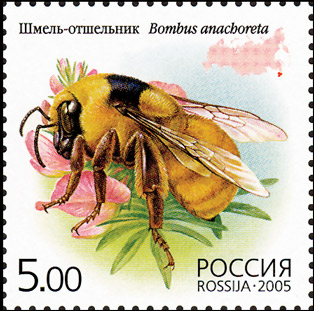The evaluation of pesticide side-effects on honeybees is hampered by a lack of colony-level bioassays that not only are sensitive to physiological changes, but also allow predictions about the consequences of exposure for longer-term colony productivity and survival. Here we measured 28 biometrical, biochemical and behavioural indicators in a field study with 63 colonies and 3 apiaries. Colonies were stressed in early summer by feeding them for five days with either the carbamate growth regulator fenoxycarb or the neurotoxic neonicotinoid imidacloprid, or left untreated. Candidate stress indicators were measured 8–64 days later. We determined which of the indicators were influenced by the treatments, and which could be used as predictors in regression analyses of overwintering strength. Among the indicators influenced by fenoxycarb were the amount of brood in colonies as well as the learning performance and 24 h-memory of bees, and the concentration of the brood food component 10HDA in head extracts. Imidacloprid significantly affected honey production, total number of bees and activity of the immune-related enzyme phenoloxidase in forager bee extracts. Indicators predictive of overwintering strength but unrelated to insecticide feeding included vitellogenin titer and glucose oxidase activity in haemolymph/whole body-extracts of hive bees. Apart from variables that were themselves components of colony strength (numbers of bees/brood cells), the only indicator that was both influenced by an insecticide and predictive of overwintering strength was the concentration of 10HDA in worker bee heads. Our results show that physiological and biochemical bioassays can be used to study effects of insecticides at the colony level and assess the vitality of bee colonies. At the same time, most bioassays evaluated here appear of limited use for predicting pesticide effects on colony overwintering strength, because those that were sensitive to the insecticides were not identical with those that were predictive of colony overwintering. Our study therefore illustrates the difficulties involved in evaluating the economic/ecological significance of pesticide-induced stress in honey bee field studies.
Source: Wegener J et al. Ecotoxicology and Environmental Safety 132 (2016) 379–389

- Login om te reageren
